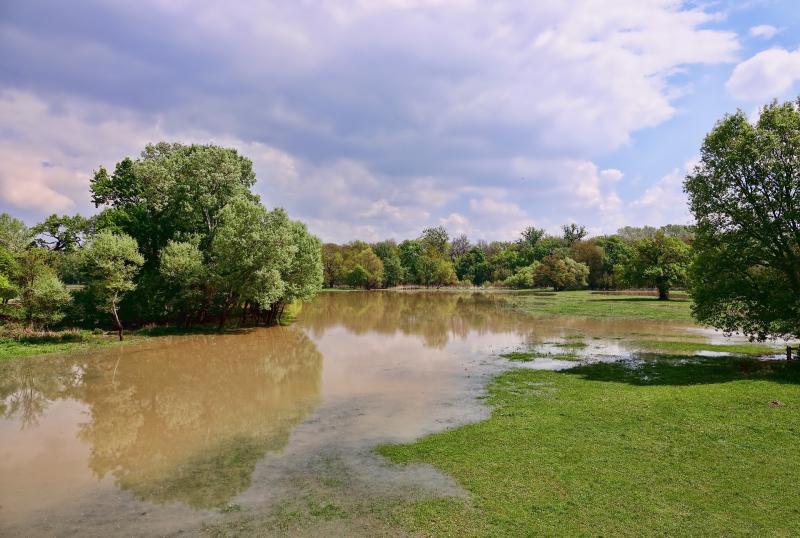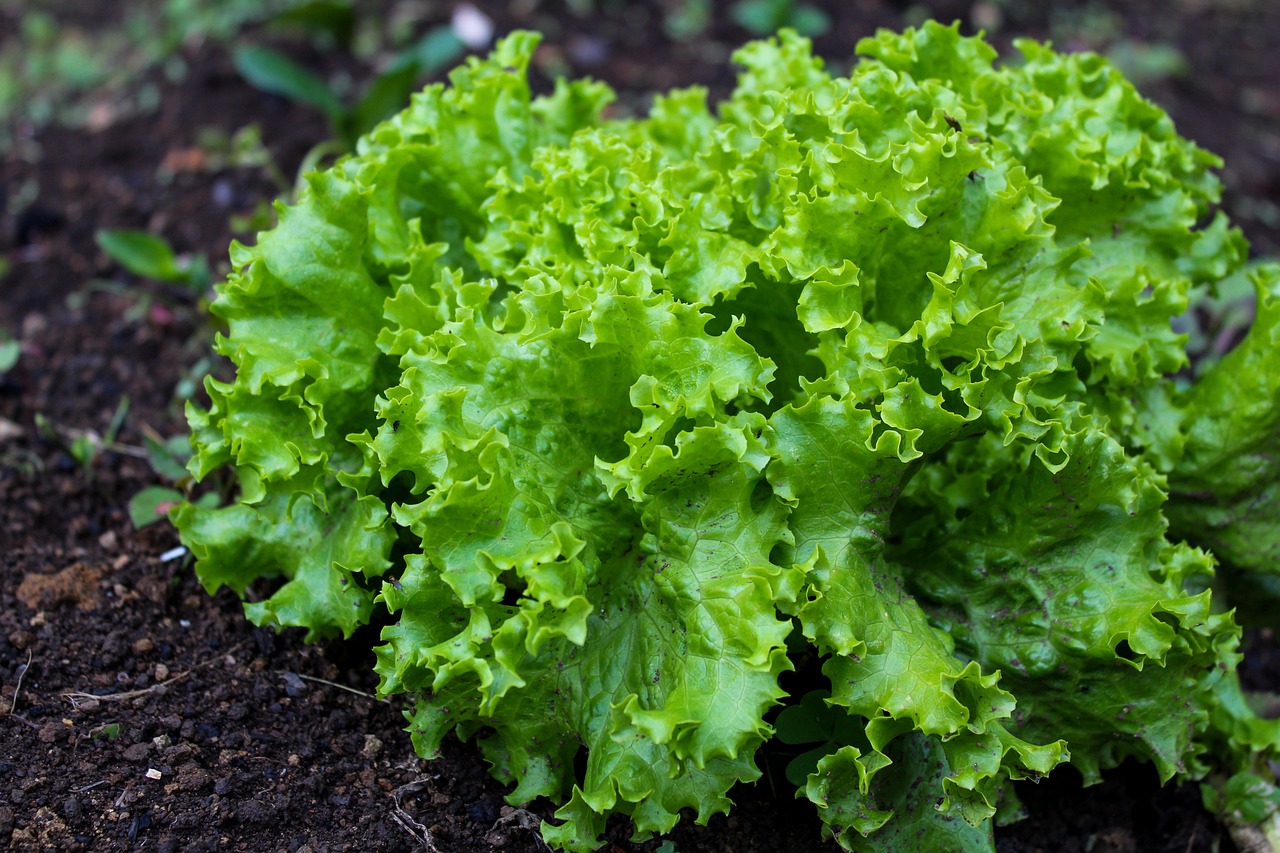
What could be healthier than home-grown fruits & vegetables? Unfortunately, following heavy rain and flooding of the vegetable garden, your home-grown produce may not be so healthy for you. Flood waters many be contaminated by any combination of sewage, river or creek water, farm run-off or industrial pollutants. Bacteria, parasites, viruses and chemical contaminants are the biggest concerns to food safety.
Food safety should be a serious consideration for everyone but is particularly important for those at greatest risk of food-borne illnesses, including young children, the elderly, pregnant women and those with compromised immune systems.
But what produce can gardeners safely use following a flood? The most conservative answer - one that eliminates all risk - is all produce touched or splashed by flood waters should be discarded.
However, we still have months of growing season left. Can any garden plants or produce be salvaged? Below are tips to help you determine what should be discarded, what can be harvested and how to handle your produce to reduce food safety concerns.
National Organic Program (NOP) Guidance
NOP outlines requirements for commercial growers using fresh manure as a soil amendment and the best way to reduce risk of potential contamination to food crops grown in that soil. NOP estimates a timeline for microbial die-off, if contamination did occur, to ensure food safety. Fresh manure is considered a greater contamination risk than flood waters, so similar guidelines could be used by gardeners dealing with flooded garden produce.
Once again, when flooding occurs during the growing season, all produce present at the time of the flood and touched by flood waters should be discarded.
If the edible portion of the crop WAS NOT PRESENT at the time of flooding, then you may be able to harvest produce which appears later on surviving plants. The first consideration is whether the edible portion of the crop grows in direct contact with the soil or not. Use the following guidelines.
- Edible portion of crop NOT in direct contact with soil, like tomatoes, peppers or sweet corn – allow at least 90-days from the flood event before harvesting any produce
- Edible portion of crop IS in direct contact with soil, like cucumber or potatoes - allow at least 120-days from the flood event before harvesting any produce
Harvesting & Handling Tips Here are additional tips and guidelines to help determine what should be harvested and how best to handle it to reduce food safety risks.
Here are additional tips and guidelines to help determine what should be harvested and how best to handle it to reduce food safety risks.
1. Discard all leafy greens. All lettuce, spinach and other greens touched by flood waters should be discarded. Their leaves contain too many ridges and crevices where contaminants can hide. Fortunately, these crops grow quickly and a new crop can be grown from seed in a fairly short time in ground not contaminated by the flood. Planting new crops this season in flood contaminated soil is high risk, especially for crops with direct soil contact.
2. Late season vegetables. Fruits developing from flowers produced after the flood waters subsided should be safe to eat. This includes tomatoes, peppers, eggplant, squash, cucumbers and similar vegetables. Be sure to wash produce thoroughly before use and consider using them in recipes that are cooked to further reduce food safety risk.
3. What about perennial crops, like asparagus or rhubarb? Can they be safely harvested this year? Asparagus and rhubarb - no. Stems of these plants were touched by flood waters should not be harvested. Let the plants grow as normal this year and store up energy for a good harvest next year. Strawberry and raspberry fruits that did not contact flood waters should follow the recommended waiting period above.
4. Will the produce be eaten raw? If the answer is yes, be very conservative on any produce salvaged after the flood. Since there is no heating or cooking, which would kill surviving pathogens, raw produce is a greater risk.
5. Underground vegetables. Root crops, such as beets, carrots and potatoes, that were early in their growth and have at least 4-8 weeks more growing time after the flood until they are harvested should be safe if allowed to grow to maturity and cooked before eating. Root crops that will be harvested within a month after the flood or which will be eaten raw should be discarded.
6. Clean and cook or peel produce. All produced harvested after the flood should be cleaned and cooked or peeled for the greatest level of safety.
- Discard any produce that is soft, cracked, bruised or have open fissures where contamination might have entered.
- Fresh fruits and vegetable should always be washed before eating. Rinse them under tap water and using hand friction to remove dirt and debris. Do not use soap, detergents or bleach in the washing process. Produce is porous and can absorb these chemicals.
 Remember, if garden produce was touched by flood waters, it is unsafe to eat. Don’t attempt to make contaminated produce safe by using a fruit and vegetable spray, chlorine bleach, or other cleaning products.
Remember, if garden produce was touched by flood waters, it is unsafe to eat. Don’t attempt to make contaminated produce safe by using a fruit and vegetable spray, chlorine bleach, or other cleaning products.
One final thought - pooling of water from excess rain, but not contaminated by outside water sources like a creek, stream or a livestock area, is not considered flood waters and the produce should still be safe to eat.
Resources for more information on flooding and produce safety.
- Flood Care for Gardens, Trees & Landscapes, https://disaster.unl.edu/gardens-trees-landscapes
- Flooded Gardens and Crops from Cornell University. http://tioga.cce.cornell.edu/your-home/emergency-preparedness/flooded-gardens-crops.
Images
1. All lettuce, spinach and other greens touched by flood waters should be discarded. Pixabay.
2. Fresh fruits and vegetable should always be washed before eating, by rinsing under tap water and using the friction of hands to remove dirt and debris. Do not use soap, detergents or bleach in the washing process. Produce is porous and can absorb these chemicals. Pixabay.